Overview
Madagascar is an island country located in the Indian Ocean, off the southeastern coast of Africa. It is the fourth-largest island in the world, separated from mainland Africa by the Mozambique Channel.
- Area: Approximately 587,041 square kilometers
- Capital City: Antananarivo
- Geography: Madagascar features a diverse landscape, including central highlands, eastern rainforests, western dry deciduous forests, and southern deserts. It is renowned for its unique biodiversity, with over 90% of its wildlife found nowhere else on Earth.
- Climate: Tropical along the coast, temperate in the highlands, and arid in the south
Population:
As of 2025, Madagascar has an estimated population of around 30 million people. The population is young, with a large proportion under the age of 25.
Health Context:
Madagascar’s health system faces limited access to care, especially in rural and remote areas. Key health concerns include infectious diseases, maternal and child health, and an increasing burden of non-communicable diseases. Health data management and access to digital health tools remain priorities for system improvement.
Madagascar’s diverse geography—ranging from coastal lowlands to highland plateaus—creates unique logistical challenges for health data collection. HISP Rwanda initiated work in Madagascar in late 2021, partnering with the Ministry of Public Health and local NGOs to deploy DHIS2 for nutrition surveillance, maternal health, and disease outbreak monitoring. A major focus was strengthening the national nutrition program, which had scarce data on acute malnutrition in rural areas.
Our Work:
- Nutrition Surveillance Module: Between November 2021 and March 2022, we configured a DHIS2 nutrition module that captured mid-upper arm circumference (MUAC) screenings, weight-for-height z-scores, and therapeutic feeding distributions. The module allowed frontline nurses to enter malnutrition cases at rural health centers and track treatment outcomes in OTP (Outpatient Therapeutic Feeding) sites.
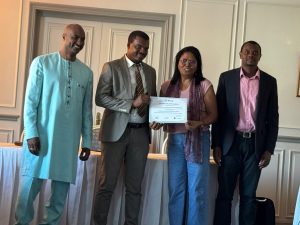
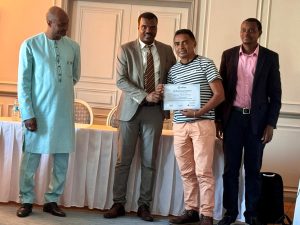
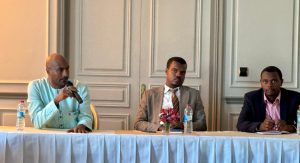
- 2.Capacity Building & Localization: HISP Rwanda collaborated with Madagascar’s National Nutrition Office to translate all DHIS2 forms and help texts into Malagasy and French. We conducted a “Training of Trainers” (ToT) session in Antananarivo, certifying 15 regional trainers who cascaded training to 120 district health officials.
- Mobile Data Collection: In March 2022, we launched a pilot where community health volunteers used a mobile DHIS2 Capture app to report MUAC measurements from remote villages in Atsinanana region. Data synchronization occurred weekly via satellite-enabled tablets.
- Outbreak Monitoring & Response: Madagascar faces periodic plague outbreaks. By integrating plague case definitions into DHIS2’s IDSR framework, HISP Rwanda enabled national epidemiologists to monitor suspected cases and generate automatic alerts when thresholds were crossed.
- Nutrition Dashboard & Data Use: A customized nutrition dashboard displayed malnutrition prevalence by district, coverage of therapeutic feeding, and stock levels of Ready-to-Use Therapeutic Foods (RUTF). This allowed the Ministry to identify supply gaps, resulting in a 20% reduction in RUTF stock-outs in 2022.
Impact:
- Nutrition Program Strengthening: MUAC screening coverage improved from 35% to 68% of target child population within six months, ensuring timely identification and referral of severely malnourished children.
- Data Localization: By providing forms in Malagasy, data entry errors declined by 28%, as frontline workers navigated forms in their local language.
- Outbreak Response: The plague surveillance system flagged a cluster of suspected cases in Haute Matsiatra region, enabling a rapid response team to contain the outbreak within two weeks.
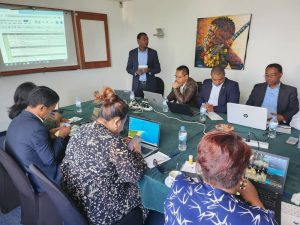
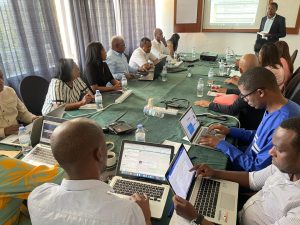
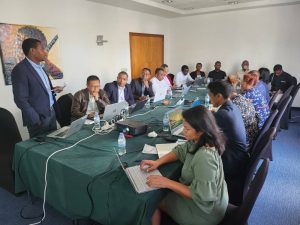
Partners:
- Ministry of Public Health, Madagascar: Led indicator selection, validated module configurations, and hosted national DHIS2 servers.
- UNICEF Madagascar: Funded mobile device procurement and provided technical expertise for nutrition program design.
- USAID – Acting through USAID’s Health Office: Supported capacity building workshops and RUTF supply-chain logistics.
- Institut Pasteur de Madagascar: Collaborated on plague case validation and laboratory-confirmed data feeds.
Lessons Learned & Future Plans:
Geographical barriers require robust offline capabilities. HISP Rwanda plans to expand satellite data hubs to 15 additional rural districts by mid-2025. We will also integrate DHIS2 with a geospatial mapping tool to visualize nutrition hotspots and inform targeted feeding campaigns.